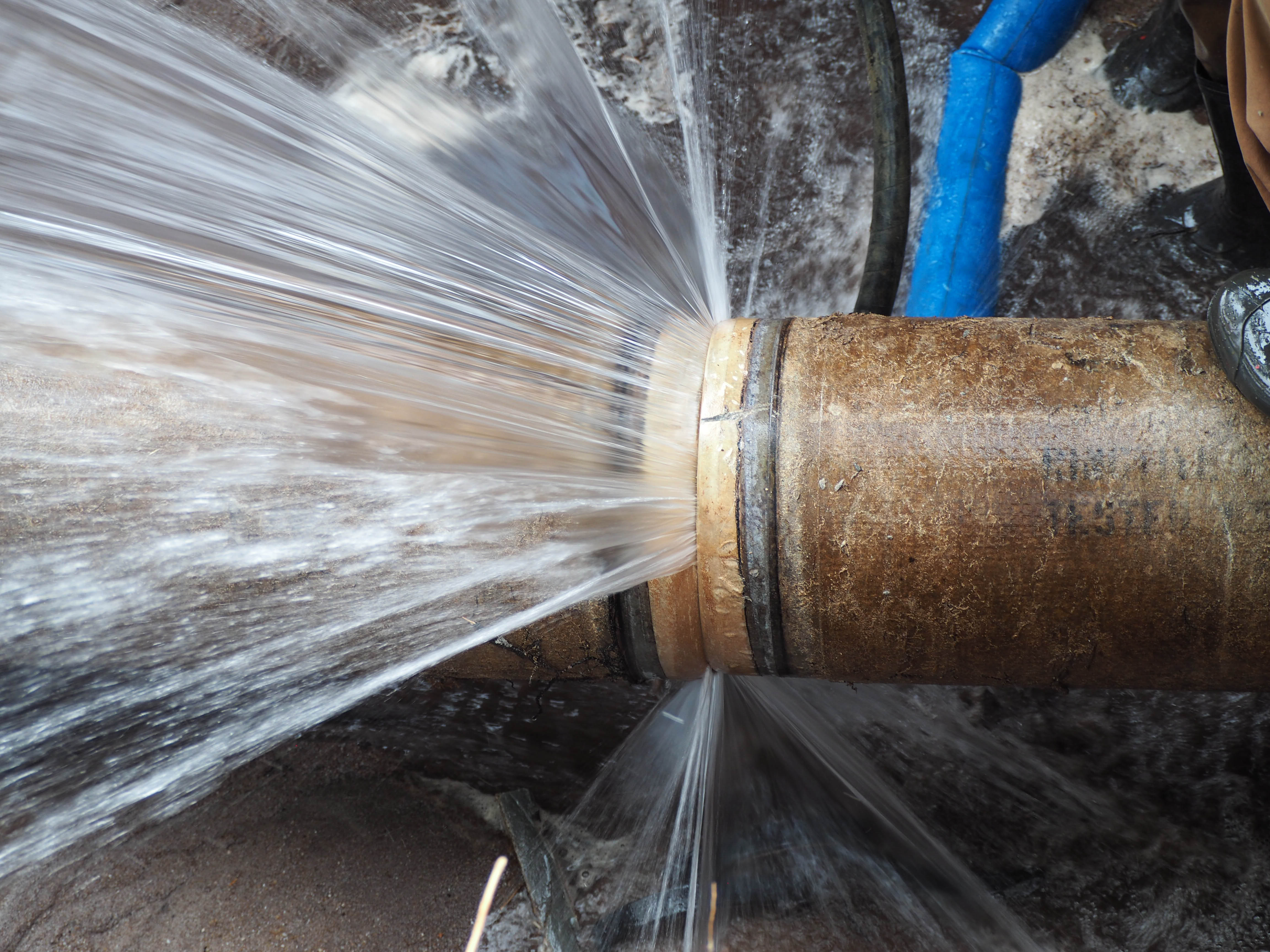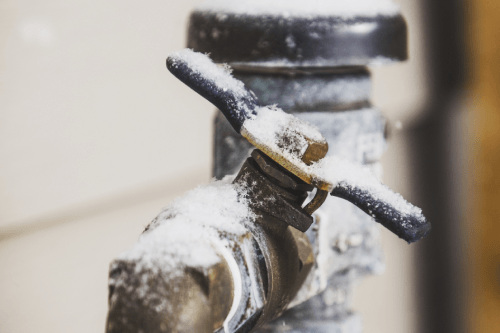Guidance for Avoiding Frozen Plumbing in Winter: Professional Tips
Guidance for Avoiding Frozen Plumbing in Winter: Professional Tips
Blog Article
Almost everyone has their own unique theory involving How to Prevent Your Pipes From Freezing.

Winter can ruin your plumbing, particularly by freezing pipes. Right here's just how to stop it from taking place and what to do if it does.
Introduction
As temperatures decline, the danger of frozen pipelines boosts, possibly leading to pricey repair work and water damages. Recognizing exactly how to prevent frozen pipelines is crucial for homeowners in cool environments.
Prevention Tips
Insulating at risk pipes
Cover pipelines in insulation sleeves or make use of heat tape to secure them from freezing temperatures. Focus on pipelines in unheated or exterior areas of the home.
Heating techniques
Keep indoor spaces appropriately heated, specifically locations with plumbing. Open cupboard doors to permit cozy air to flow around pipes under sinks.
Exactly how to determine frozen pipelines
Look for decreased water flow from faucets, unusual odors or noises from pipes, and visible frost on subjected pipes.
Long-Term Solutions
Structural modifications
Think about rerouting pipes away from outside walls or unheated locations. Include added insulation to attics, basements, and crawl spaces.
Updating insulation
Invest in high-grade insulation for pipelines, attics, and wall surfaces. Correct insulation aids maintain constant temperature levels and reduces the threat of icy pipelines.
Securing Exterior Plumbing
Garden hoses and exterior taps
Detach and drain pipes yard tubes prior to winter season. Install frost-proof spigots or cover exterior taps with protected caps.
Comprehending Frozen Pipelines
What creates pipes to freeze?
Pipelines ice up when exposed to temperature levels listed below 32 ° F (0 ° C) for extended durations. As water inside the pipes freezes, it increases, taxing the pipe walls and possibly causing them to break.
Risks and problems
Frozen pipelines can result in water disturbances, property damage, and costly repair work. Burst pipelines can flood homes and trigger considerable structural damages.
Signs of Frozen Pipeline
Identifying frozen pipes early can stop them from breaking.
What to Do If Your Pipelines Freeze
Immediate activities to take
If you suspect icy pipelines, keep taps available to ease pressure as the ice thaws. Utilize a hairdryer or towels soaked in warm water to thaw pipes slowly.
Verdict
Avoiding icy pipes needs proactive procedures and fast reactions. By recognizing the causes, indicators, and preventive measures, home owners can secure their pipes during cold weather.
6 Proven Ways to Prevent Frozen Pipes and Protect Your Home
Disconnect and Drain Garden Hoses
Before winter arrives, start by disconnecting your garden hoses and draining any remaining water. Close the shut-off valves that supply outdoor hose bibs and leave the outdoor faucet open to allow any residual water to drain. For extra protection, consider using faucet covers throughout the colder months. It’s also important to drain water from any sprinkler supply lines following the manufacturer’s directions.
Insulate Exposed Pipes
Insulating your pipes is an effective way to prevent freezing. Pipe insulation is readily available at home improvement stores and is relatively inexpensive. Pay close attention to pipes in unheated areas such as the attic, basement, crawl spaces, or garage. Apply foam insulation generously to create a buffer against the cold. You can also wrap your pipes in heat tape or thermostat-controlled heat cables for added warmth.
Seal Air Leaks
Inspect your home for any cracks or openings that could let in cold air. Seal any holes around the piping in interior or exterior walls, as well as the sill plates where your home rests on its foundation. Additionally, make sure to keep your garage door closed unless you’re entering or exiting. Leaving it open creates a significant air leak that can lead to frozen pipes.
Allow Warm Air Circulation
During cold snaps, it’s essential to allow warm air to circulate evenly throughout your home. Leave interior doors ajar to promote better airflow. Open kitchen and bathroom cabinets to help distribute heat consistently around the rooms. If you have small children or pets, be sure to remove any household chemicals or potentially harmful cleaners from open cabinets for safety.
Let Faucets Drip
A small trickle of water can make a big difference in preventing ice formation inside your pipes. When temperatures drop significantly, start a drip of water from all faucets served by exposed pipes. This continuous flow helps prevent the water from freezing. Additionally, running a few faucets slightly can relieve pressure inside the pipes, reducing the chances of a rupture if the water inside does freeze.
https://choateshvac.com/6-proven-ways-to-prevent-frozen-pipes-and-protect-your-home/

I found that blog post on 6 Ways to Prevent Frozen Pipes while doing research the search engines. Enjoyed our write up? Please quickly share it. Help another person locate it. Thank you so much for taking the time to read it.
Quote Report this page